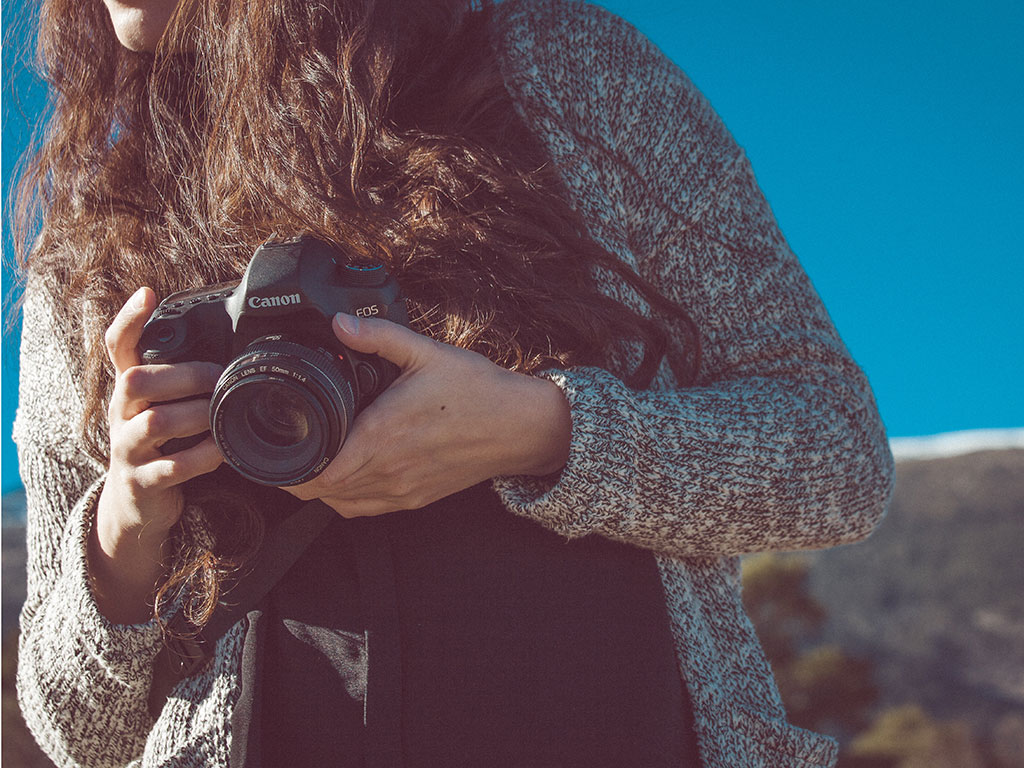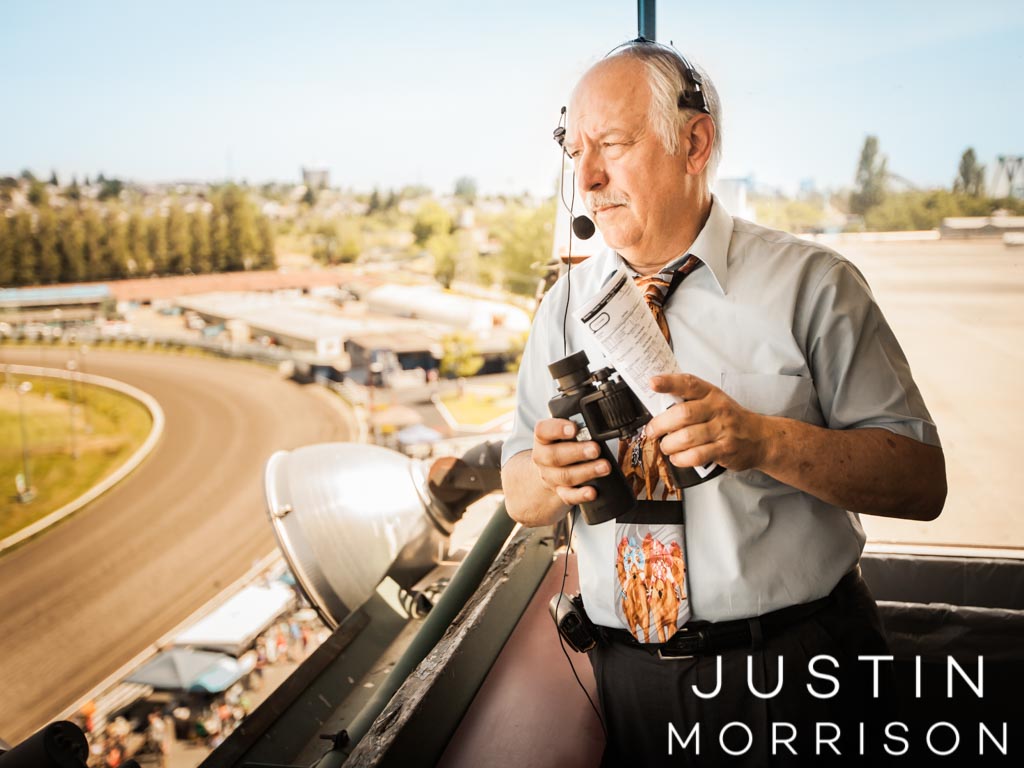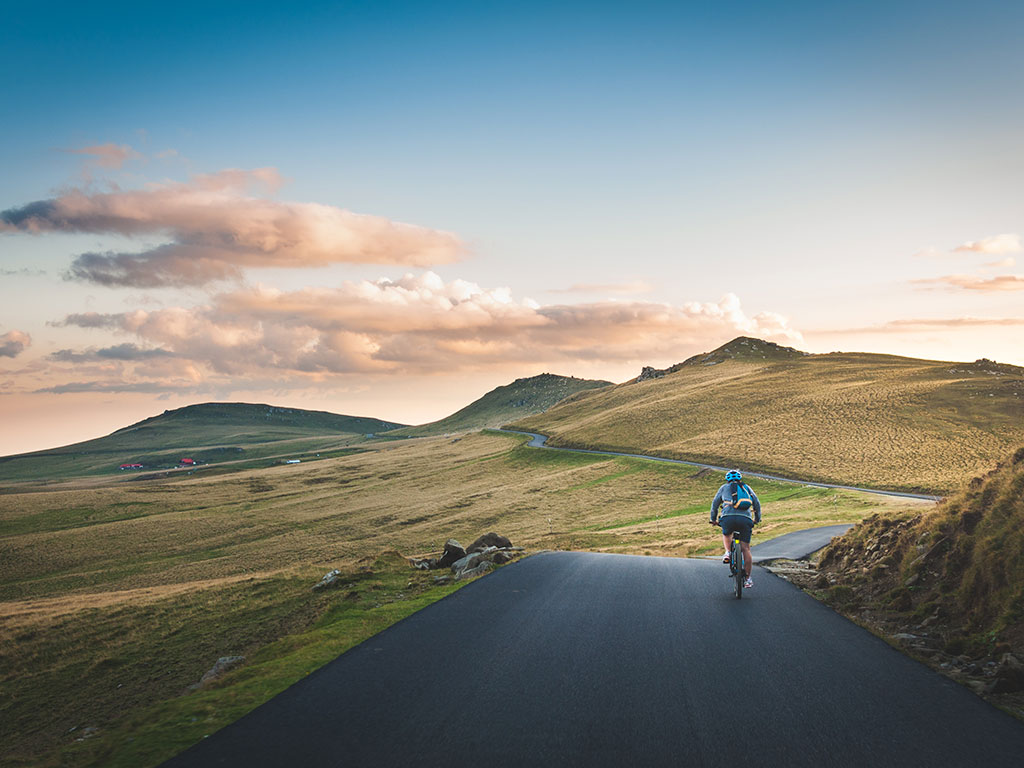
As we leave 2016 behind, for better or worse, and look forward to 2017, I hope that you are turning your thoughts to the many ways in which this could be an epic year of learning and discovery and pushing the boundaries of your self-perceived limitations. For me personally, the drive to continually learn and evolve my knowledge and skill sets are what gets me out of bed in the morning. This is probably why I love photography, for the practice of trying to get better and more adept at creating images that inspire me.
Inspire Yourself
I have this thing about the beauty of making yourself laugh. There are these rare moments when I think or say something that I find so hilarious it leaves me watering at the eyes. It’s a great feeling and one that I wish I could experience more often. I mention this because I experience something similar in photography when I create an image that I am truly impressed with, an image that makes me think ‘Wow, I did that!’. It’s great to get inspiration from people around you, and I think the closer a person is to you the more deeply that inspiration is felt, and there’s no greater inspiration than that which we give to ourselves.
So as we look back on all we did well, and all the things we did….not so well, let’s look forward to the year ahead and make some resolutions about the kind of photographer we want to be. There are no strictly right ways or wrong ways to pursue photography, whatever way you achieve the results that make you proud is absolutely valid, but I do believe strongly that you need to take your work to some kind of endpoint, whether that’s a well-curated portfolio on the internet, or printed albums, or wall-mounted art, or self-printed postcards that you send to friends, it’s important to feel that closure so that you can reflect on the result and see where you want to go next.
Set Some Goals
So what are your goals for the photographs you’re going to shoot this year? This, more than any other single factor can move your photography forward so I hope you’ll take some time to reflect on the answer. Personally, I want to mount more new images on my walls and create some wall collages. We recently moved into a bigger space and painted all the walls white so we have a tonne of blank space to work with. In 2016 I also put together my first photography booklet based on a project I photographed at Hastings Racetrack here in Vancouver which was hugely satisfying and something I would definitely like to do again in 2017.

In photography there are a number of different subjects you can choose to pursue, should you choose to become a specialist in one particular area. Many hobby photographers prefer to photograph a little bit of everything; some landscape, some architecture, some portraiture, but I believe (and I think that most pro photographers would agree with me) that in order to really excel in photography you need to find the subject that inspires you most and pursue it relentlessly.
Find Your Inspiration
Of course, as you begin your journey in photography you may not have that single source of inspiration that drives you to pick up your camera on a consistent basis. And so you should most definitely shoot a little bit of everything; some nature and landscape, perhaps some food, and definitely some people. For me working with human subjects is the pinnacle of the craft, the place where the most compelling work is made. Of course, that’s just my opinion, and photography is one of those incredibly subjective things, like music or food. But I would never rule out people photography completely, because even a great landscape can be enhanced by the addition of a human subject, and in fact, it’s become something of a trend in recent years.

Learn to Post-Process
As most people are aware, the pressing of the shutter button is just the first step in the creation of the final image. You still need to process those files on your memory card. In the digital era, there are more options than ever before for what you can do to enhance your work. The question is; how much time do you want to spend working on your images? One of the best and most popular tools out there for post-processing is Adobe Lightroom, which now includes many of the retouching tools that were previously the domain of Photoshop. Photoshop, on the other hand, is now only required for really intensive retouching and manipulation, and indeed many professional photographers prefer to use professional retouchers, such is the depth of knowledge required to fully utilize the power of Photoshop.
Quality vs. Quantity
Regardless of the style of photography you pursue, do you want to be the kind of photographer who plans their images very carefully, or someone who shoots freely and spontaneously? Digital cameras allow us to gather files at an incredible rate, for example the Sony RX100 M5 can shoot up to 24 frames per second, and with a 200GB memory card you hardly even have to worry about running out of space. The downside, of course, is that the more frames you shoot, the more images you have to sift through after the fact, and trust me, looking at many variations of essentially the same photo gets old really quickly!
My advice is to always shoot with intent; know what it is you are looking for even before you pick up the camera, even if it’s a feeling or a mood. The fact is, it’s very hard to hit a target if you don’t even know where the target is. Whatever you’re trying to accomplish, it’s likely that another photographer somewhere out there is on a similar path, so don’t shy away from a bit of focussed online research, and consider using a tool like Pinterest to build a portfolio of images that inspire you.
Wishing you all the very best for a productive 2017, and if you feel like you need to invest in a new camera in order to up your game, check out the latest camera deals here at BestBuy.ca!
Feature image courtesy of Mario Calvo.



